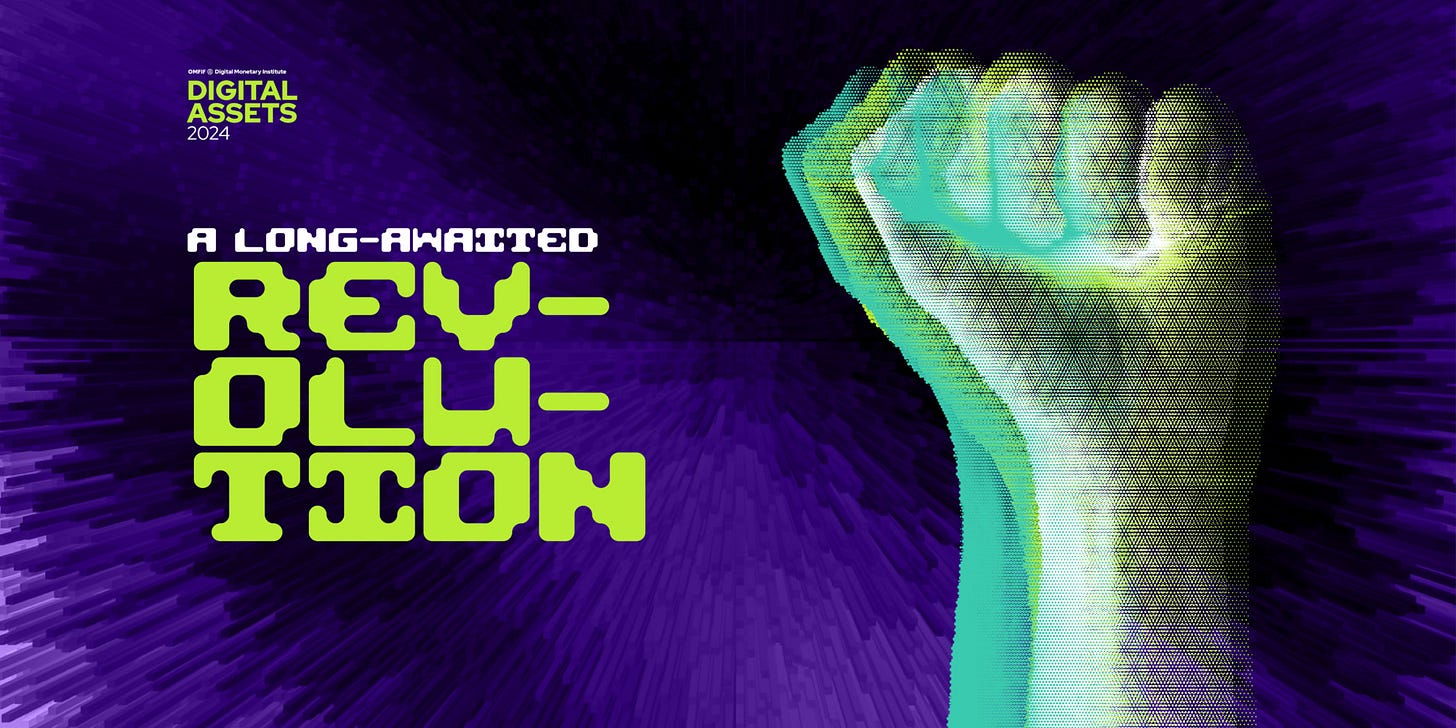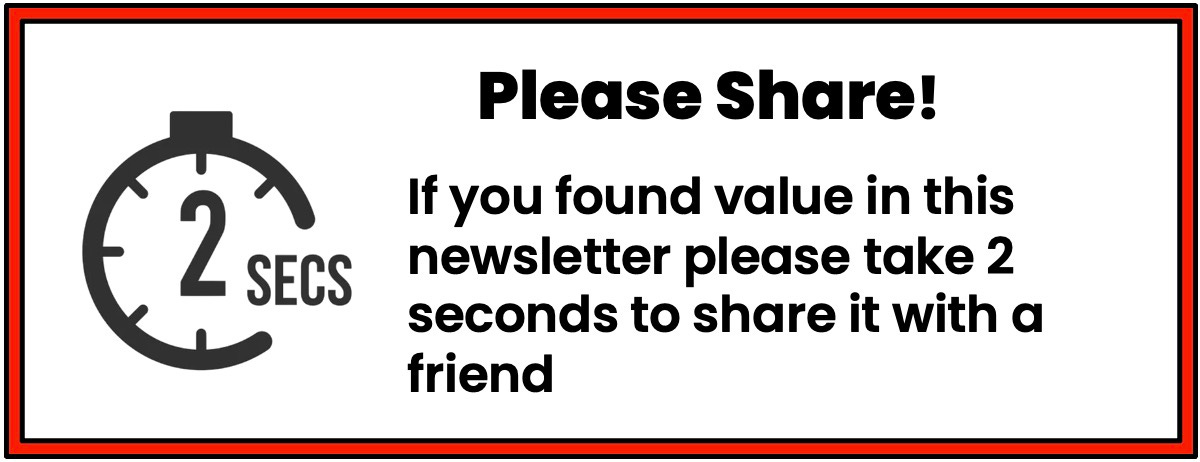Mind the Gap: AI’s Trust Issues and Bank RLNs’ Innovation Divide
Blockchain catches on in capital markets, closing the settlement gap.
Artwork of the day: Pocket Underground map, Harry Beck, 1933
London’s diagrammatic Underground map, first devised in 1931 by Harry Beck, can truly be described as a design classic.
This is the first pocket edition of the diagrammatic style of Underground map designed by H C Beck. The main features of this diagram are the use of 45 degree angles and diamonds to illustrate interchange stations. All the lines are shown in their entirety except the District line which is only shown as far as Mile End.
This map's logo is a red and black roundel with Underground printed on the bar. The reverse of the map lists places of interest and theatres, with their closest Stations. It is printed on paper.
Why today’s stories matter:
“Mind the Gap” is the classic warning to passengers on the London tube or metro to avoid stepping on the gap between the train car and the platform.
This warning fits today’s stories as there is a widening trust gap between big tech’s vision for an AI-enabled world and public trust.
This trust gap is widening at just the time GenAI adoption reaches an astounding 88% of corporations.
Gaps aren’t just a problem with AI, banks are planning to build “regulated liability networks” which just may create an “innovation gap” with CBDCs.
Today’s final story is about how blockchain is finally catching on with banks and capital markets, closing the gap in settlement time with newly issued digital bonds.
Thank you for subscribing! Please share this newsletter with friends and colleagues.
If you're new and find this newsletter adds value subscribe!
Mind the Gap: Big Tech’s AI Vision and Public Trust
The AI revolution is well underway, but most people know little about it and have deep-rooted fears about its impact on their work.
AI Growth "Astounds" As 88% Of Firms Adopt GenAI
S&P and WEKA are “astounded” by the uptake of GenAI by an “astonishing 88% of companies surveyed in an AI revolution that isn’t two years old yet.
Banks’ Timely Counterattack: RLNs As Innovation Platform Not CBDCs
UK Finance released the results of the experimentation phase of the Regulated Liability Network (RLN) and found that RLNs are a viable innovation platform that provides real benefits to users.
The Long Awaited Digital Asset Revolution is Now!
Great read from the OMFIF that shows how blockchain is finally starting to catch on in capital markets.
The OMFIF shows blockchain impacting everything from settlements to bond issuance, as predicted when it exploded on the scene in 2017.
Blockchain took seven years to gain acceptance by banks, which shows how difficult new tech can be to adopt and provides a lesson to AI!
👉TAKEAWAYS
🔹The share of survey participants who are considering adopting DLT and/or blockchain has increased by 9 percentage points to 38% this year from 29% in 2023.
🔹Only 16% of respondents indicated a preference for T+0 or T+1 settlement cycles, highlighting the risks and concerns for a significantly reduced settlement period. The most popular response was T+2 or a variable settlement period.
🔹Market participants would prefer wholesale central bank digital currencies for settling most securities transactions over private tokenised money solutions, with 59% of survey respondents selecting this option.
🔹The overwhelming majority of market participants do expect tokenisation to happen, but predict its arrival to come in the next 3-5 years and 5-10 years by 40% and 52% of survey respondents, respectively.
🔹As of 25th July, 14 digital bonds have been issued this year, worth US$1.2 bn. Compared to the same period last year, only 10 digital bonds had been issued between the start of 2023 up to the 25th July 2023, US$1.3bn.
👊STRAIGHT TALK👊
OMFIF is presenting the first league tables detailing the main players in the world of blockchain bond issuance.
These league tables mirror the highly prized league tables for normal bonds that investment banks seek to dominate.
I give OMFIF credit for bringing the league tables into the digital world.
It's no fluke read these digital bond issuance statistics:
"Since the beginning of August 2024, some 14 bonds had been issued on blockchain. With many more expected, the market should easily outstrip 2023, when some 16 blockchain bonds were issued and 2022, when the figure was only nine – meaning we expect the blockchain bond market to more than double in size between 2022 and 2024, with the pace still accelerating."
Not all the news is good for blockchain. With 59% of respondents preferring wholesale CBDC settlements over stablecoins its’s clear that banks haven't bought into private money just yet.
To those who think blockchain is "a solution looking for a problem," hold on tight, you ain't seen nothing yet!
More great reads
Atlantic Council CBDC tracker has a big update: HERE
134 countries & currency unions, representing 98% of global GDP, are exploring a CBDC. In May 2020 that number was only 35. Currently, 66 countries are in the advanced phase of exploration—development, pilot, or launch.
Governing AI for Humanity, the UN wants AI oversight responsibility: HERE
Great paper, even if many readers may be skeptical of the UN’s ability to provide oversight of AI. AI is part of a shared future, as with climate change, and this report makes for compelling reading
China to require labels for AI-generated content as tech brings fresh challenges: HERE
Beijing proposes rules to fight misinformation, deepfakes, copyright issues and other risks from media made with artificial intelligence. I think that labeling AI content as such is simply common sense.
You made it this far, so subscribe! Here are the six benefits waiting for you when you subscribe:
Save time: Get the expert insights on Central Bank Digital Currencies (CBDC), AI, Payments, and Financial Inclusion that you need to stay ahead of the curve, all delivered directly to your inbox weekly;
Know the future and profit: Get real payback from a unique point of view directly from Asia that focuses on how the region is “leapfrogging” the West and showing you the future;
Be prepared: CBDCs are no longer theoretical but coming soon, so keep up with the latest developments on the digital euro, yuan, sterling and dollar;
Manage your personal AI risk: Don’t be disrupted; be the disruptor. In-depth analysis of how our AI revolution impacts finance so that you can be in front of this great transformation, not behind it;
Stay objective, avoid hype: My writing doesn’t follow corporate diktats. It’s a message that doesn’t conform with mainstream media and is gritty, practical, hype-free, and, on occasion, controversial;
Stay safe: My writing is trusted by nearly 60,000 executives, innovators, investors, policymakers, journalists, academics, and open-minded crypto hodlers daily.
Readers like you make my work possible! Subscribing is free, but I am honored when readers opt for a paid subscription to recognize my high-quality writing and help keep it flowing. Thank you!
Sponsor Cashless and reach a targeted audience of over 50,000 fintech and CBDC aficionados who would love to know more about what you do!
















